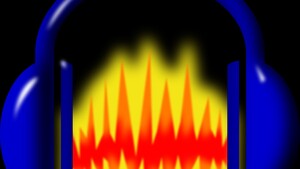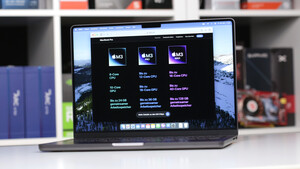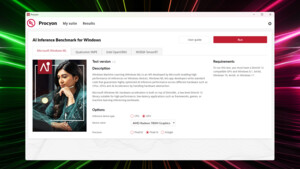Hallo, vor einigen Tagen hatte ich meinen 27" iMac (i5 mit 8GB RAM) aus late 2013 auf Mojave geupdatet. Seitdem bootet das System nicht mehr innerhalb von zirka 20 Sekunden sondern etwa 2 Minuten. Ich habe eine externe SSD angeschlossen auf der MacOS läuft.
Wenn ich den iMac einschalte springt die Hintergrundbeleuchtung an und die LED des SSD Gehäuses blinkt konstant. Nach über einer Minute erscheint dann das Apfel Symbol.
Habt ihr das Problem auch?
Wenn ich den iMac einschalte springt die Hintergrundbeleuchtung an und die LED des SSD Gehäuses blinkt konstant. Nach über einer Minute erscheint dann das Apfel Symbol.
Habt ihr das Problem auch?



